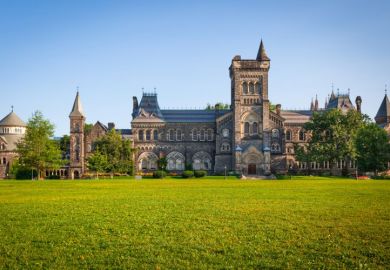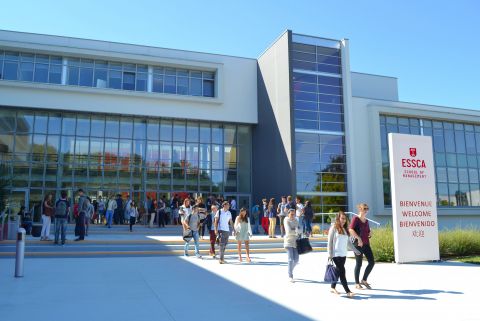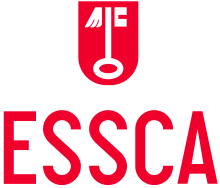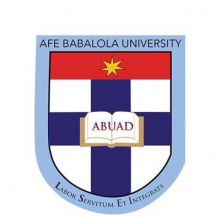
“It is hard to be what you cannot see.” – Marian Wright Edelman
In the era of #OscarsSoWhite it is easy to think that the problems of lack of diversity exist only in popular culture. In reality, issues of inadequate representation of visible minorities permeate many aspects of society, from politics to academia. Late last year, newly elected Canadian prime minister Justin Trudeau presented his Cabinet, which he claimed represented Canada. Trudeau was praised for electing a Cabinet that was diverse, with 15 men and 15 women, the first Aboriginal woman to serve as justice minister, more Sikhs than Indian prime minister Narendra Modhi’s Cabinet, and the first Afghan-born MP. However, staring at the image of Canada’s new liberal Cabinet, I could not help but notice that the black Canadian diaspora was not represented.
In academic spaces we see a similar trend. In my six years as a post-secondary student I have yet to be taught by a black professor, let alone a black woman. In fact, I can count on one hand the number of professors that I have had who were people of colour. It is further disheartening to see that courses on the politics of race, African politics and First Nations political and legal issues are being taught not by racial minorities, members of the African diaspora or First Nations peoples but instead by white Canadians, Americans and Europeans. In fact, a 2010 study, “The Changing Academy: A Portrait of Canada’s University Teachers”, by the Canadian Association of University Teachers found that women constitute just over 20 per cent of all full professors, visible minority teachers make up about 17 per cent of the teaching profession and only 2.1 per cent of all university teachers reported having Aboriginal ancestry. Clearly, minorities are grossly underrepresented among university teachers in Canada.
The absence of professors who are visible minorities makes me question whether academia is even a realistic career path. Canadian professors who self-identify as black constitute 1.6 per cent of all university teachers, whereas black Canadians are overrepresented in the healthcare profession, in positions as nurses, visiting homemakers and related vocations, occupations for which they are often overeducated and underemployed. As a visible minority, which career path seems more feasible?
I am a staunch advocate of diversifying academic hiring for minoritised young people. Visible minorities in university teaching roles serve as possibility models for young visible minority Canadians contemplating whether to attend university or those who are currently pursuing undergraduate or graduate studies. A possibility model is someone who looks like me, potentially shares my experiences and who occupies a career path that I aspire to attain. A role model, on the other hand, is somebody that I look up to as an example to emulate. It is possible that my role model and possibility model are one and the same. However, that is not always the case. The difference between a possibility model and a role model is that the former is someone I identify with whereas the latter is someone I look up to.
Possibility models are critical to a young person’s growth because they are the physical and experiential embodiment of everything that that student aspires to be. They illustrate to the student that despite their race, class, sexual orientation, ability or religion, someone with their experiences and struggles can achieve their desired goals. Through a possibility model, the impossible becomes possible because students who are visible minorities can now imagine themselves in that position in the future. This, above all else, instils a sense of belonging and hope.
Aramide Odutayo is a Masters of Arts Candidate at the Balsillie School of International Affairs. Her research covers themes at the interface of global governance, gender, migration, and social justice.


















